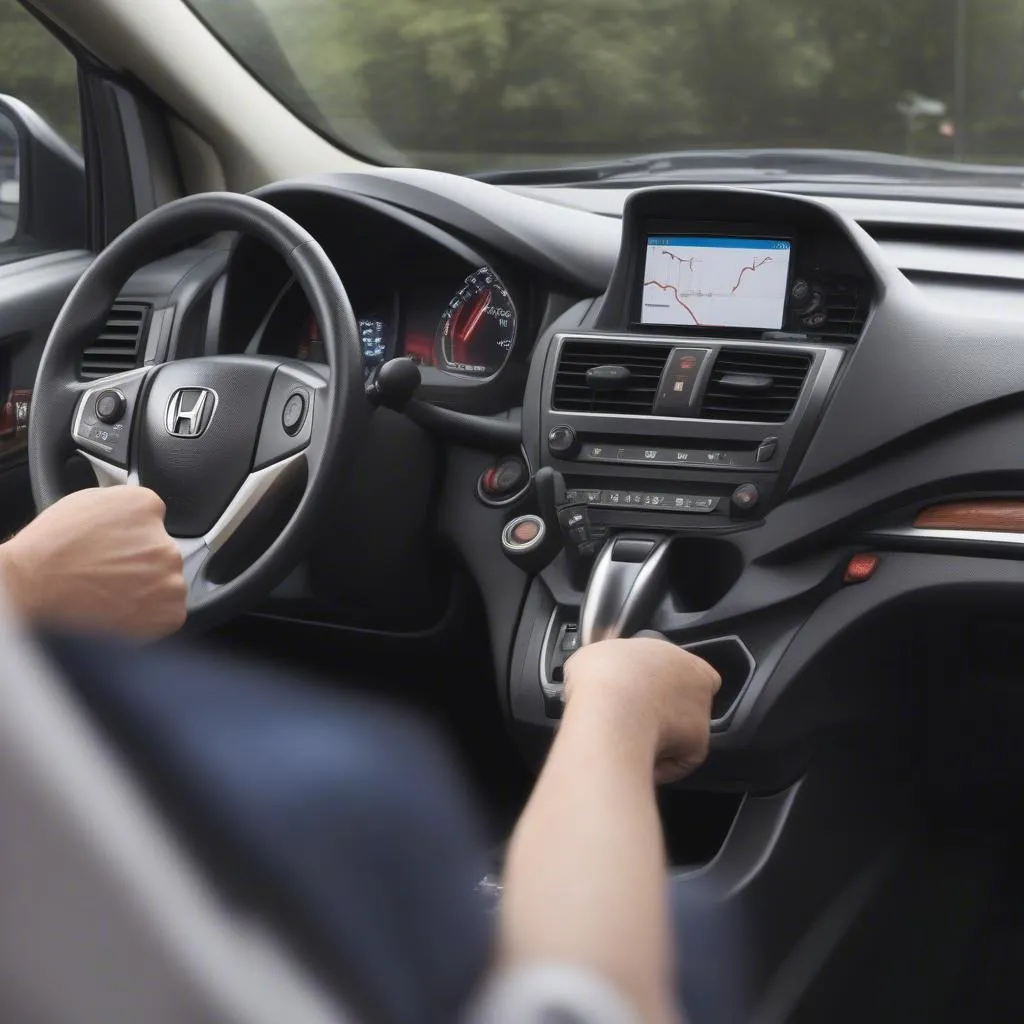BorgWarner brakes are a common feature in modern vehicles, renowned for their advanced technology and reliable performance. Whether you’re a car enthusiast or simply want to understand your vehicle better, this comprehensive guide will delve into the intricacies of BorgWarner braking systems, covering everything from their components and functions to common problems and remote diagnostic solutions.
Understanding BorgWarner Brakes
BorgWarner is a global leader in automotive propulsion systems, and their brake division is no exception. BorgWarner brakes are designed to provide superior stopping power, enhanced safety features, and improved fuel efficiency. These systems incorporate a complex network of mechanical, hydraulic, and electronic components that work together seamlessly to deliver optimal braking performance.
Key Components of BorgWarner Brake Systems
- Electronic Brake Control Module (EBCM): This is the brain of the system, responsible for monitoring various sensors and controlling the braking force applied to each wheel.
- Hydraulic Control Unit (HCU): The HCU works in conjunction with the EBCM to regulate hydraulic pressure within the braking system.
- Wheel Speed Sensors: These sensors monitor the rotational speed of each wheel, providing crucial data to the EBCM for anti-lock braking (ABS) and electronic stability control (ESC) functions.
- Brake Calipers and Pads: These components provide the frictional force needed to slow down or stop the vehicle.
Advantages of BorgWarner Brakes
- Enhanced Safety: BorgWarner brake systems are equipped with advanced safety features like ABS and ESC, significantly improving vehicle stability and control during emergency braking situations.
- Improved Fuel Economy: BorgWarner’s innovative brake-by-wire technology eliminates the need for traditional hydraulic components, reducing weight and improving fuel efficiency.
- Reduced Maintenance: BorgWarner brakes are designed for durability and longevity, minimizing the need for frequent maintenance.
Common Problems with BorgWarner Brake Systems
Like any complex system, BorgWarner brakes can encounter issues. Some common problems include:
- Illuminated Brake Warning Lights: This can indicate a range of problems, from worn brake pads to malfunctions within the electronic control system.
- ABS or ESC Malfunctions: Problems with wheel speed sensors or the EBCM can lead to ABS or ESC warning lights and reduced braking effectiveness.
- Spongy Brake Pedal Feel: This can be a sign of air in the brake lines, a leaking brake caliper, or a problem with the master cylinder.
Remote Diagnostics and Software Solutions
Advancements in automotive technology have paved the way for remote diagnostics and software solutions, offering a convenient and efficient way to diagnose and resolve BorgWarner brake issues.
Here’s how it works:
- Vehicle Data Access: Utilizing specialized software and diagnostic equipment, qualified technicians can remotely access your vehicle’s onboard computer system.
- Fault Code Retrieval: The software retrieves Diagnostic Trouble Codes (DTCs) stored within the EBCM, pinpointing the root cause of the brake problem.
- Software Updates and Programming: In many cases, software updates or reprogramming of the EBCM can rectify software-related brake issues remotely.
How Remote Services Benefit Car Owners
- Convenience: Remote diagnostics eliminate the need to visit a repair shop, saving you time and effort.
- Faster Repairs: Remote access to vehicle data allows technicians to diagnose and address issues quickly, often resolving problems within a single session.
- Cost Savings: Remote diagnostics can be more cost-effective compared to traditional repair methods, particularly for software-related issues.
Conclusion
BorgWarner brake systems are a testament to innovation in automotive technology, offering a blend of safety, performance, and efficiency. Understanding the intricacies of these systems empowers car owners to address potential problems proactively. The emergence of remote diagnostics and software solutions has revolutionized automotive repair, providing a convenient and cost-effective way to maintain the optimal performance of your BorgWarner braking system. Remember, regular maintenance and timely diagnosis of any brake issues are crucial for ensuring your safety and the longevity of your vehicle.
If you’re experiencing brake problems, particularly with a Ford Transit model, these resources might be helpful:
- 2016 Ford Transit Brake Pad Warning Light Reset
- Ford Transit 2018 Brake Pad Warning Light Reset
- Ford Transit 2017 Brake Pad Warning Light Reset
FAQs about BorgWarner Brakes
1. How often should I have my BorgWarner brake system inspected?
It’s recommended to have your brake system inspected at least once a year or every 12,000 miles, or as recommended in your vehicle’s owner’s manual.
2. What should I do if my ABS warning light comes on?
If your ABS warning light illuminates, it’s crucial to have your vehicle inspected by a qualified technician immediately, as it could indicate a problem with your ABS system.
3. Can I replace my BorgWarner brake pads myself?
While it’s possible to replace brake pads yourself, it’s generally recommended to have this service performed by a qualified technician, especially for vehicles equipped with electronic brake systems.
4. How do I know if my BorgWarner brake system needs a software update?
Unusual brake behavior, illuminated warning lights, or a message on your dashboard indicating a system malfunction could point to a need for a software update.
5. Are remote diagnostics safe for my vehicle’s computer system?
Yes, remote diagnostics performed by qualified technicians using reputable software are safe for your vehicle’s computer system. The process involves reading data from your vehicle’s computer and does not involve any modifications that could potentially harm it.

